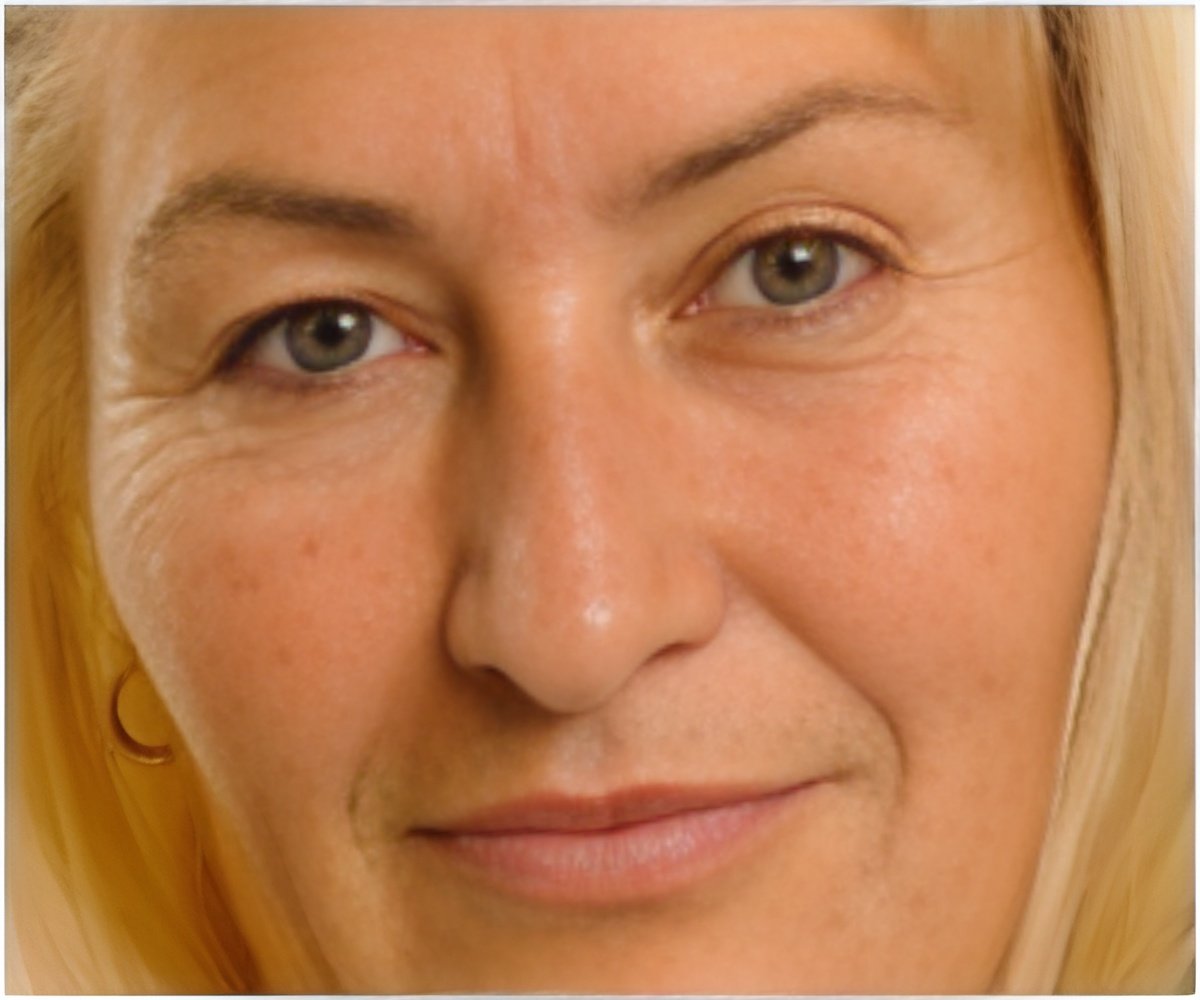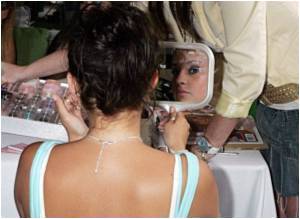Using thin sheets, physicists claim that they have discovered how wrinkles originated and developed, and the factors that decide their size and shape in soft materials.

They float a thin, rectangular film of common plastic (polystyrene) on water and compress the sheet along one direction to make folds.
In the middle of the film, competition between gravity (which prefers shallow, frequent ripples) and the energy cost of bending the film (which favours longer, higher folds) determine the height and frequency of the folds.
However, near the edge, surface tension forces the film to lie flat.
In another study, Douglas Holmes and Alfred Crosby, also at the University of Massachusetts, Amherst, show that folds, like the edges of a neatly made bed, strain the sheet and smooth out the wrinkles.
The experiment could prove helpful in understanding the formation of wrinkles in biological tissue.
 MEDINDIA
MEDINDIA




 Email
Email








